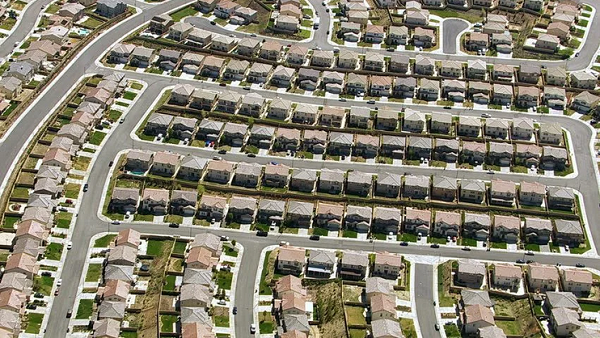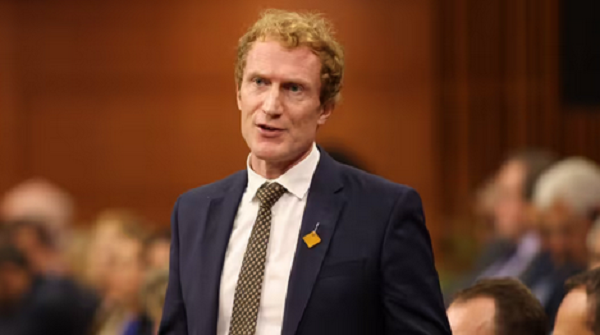Cities to set minimum targets for affordable housing as Ontario’s new planning policy demands
The Ontario government released new planning rules Tuesday that would require cities to set minimum targets for affordable housing but promised to listen to local leaders about what to build and where, which critics say could prevent sufficient homes being constructed as the population continues to rise.
The new Provincial Planning Statement was issued after earlier drafts were circulated last year and in the spring. This final version, which takes effect in October, retains some controversial elements and continues the provincial approach of directing major development away from established neighbourhoods.
In a speech to the Association of Municipalities of Ontario, which is meeting this week in Ottawa, Municipal Affairs and Housing Minister Paul Calandra said Tuesday that the new approach would cut red tape and provide planning consistency across the province. He also said the document acknowledged the need for local input into where housing should go.
“It recognizes that municipalities understand local challenges and priorities when it comes to building homes, and that the types of homes that are needed to be built in your communities, it is you who know best what you should be building in your communities for your residents,” he said.
That raised red flags for Phil Pothen, a land-use planning and environmental lawyer with the advocacy group Environmental Defence.
“That single statement is the crux of what is wrong with this,” he said. “They have decided to side with the NIMBYs and sprawl developers and abandon any effort to mandate more efficient land use.”
He also warned that requiring cities to plan affordable housing targets could be meaningless without also permitting cheaper forms of development, such as the widespread construction in residential areas of wood-framed mid-rise buildings.
The requirement for affordable housing was not in the first draft of the policy released last year. After protest, it was added to the draft circulated earlier this year. It made the final cut released Tuesday.
Also retained in the final version was that cities will have to set targets for intensification “within built-up areas.” This was added to the second draft after wording in the first draft called for such targets for both developed land and areas earmarked for development.
Ontario is projected to grow to around 21.7 million people by 2046, according to provincial figures released in 2022, a rise of almost 44 per cent. The government has set a target of having 1.5 million homes built by 2031.
However, Canada Mortgage and Housing Corp. data released last week showed that municipal development in some desirable Southern Ontario cities had slowed.
Housing starts in the Greater Toronto Area, which includes three of the country’s 10 most populous cities, were down 9 per cent year over year. Starts in Hamilton were flat while they were down 73 per cent in Barrie and down 69 per cent in Guelph.
The provincial planning statement calls for increased density around transit stations and eyes underutilized malls and plazas as locations for development. This seeks to maximize the benefit of transit investment and encourage the conversion of low-value land uses into higher-value ones. But focusing on these areas also risks distorting development patterns, some critics say.
“We call it the government’s tall-and-sprawl agenda,” said Victor Doyle, a former senior provincial planner often described as a creator of the Greenbelt, which sought to contain the spread of low-density housing.
“They’re creating what we would call hyper-density. You know, 60 to 80 storeys are commonplace now.”
In cities such as Toronto this approach resulted in decades of massive growth in small areas, while large swaths of the city had steady or declining populations. More recently, Toronto accepted the need to spread development and started passing a series of reforms allowing greater density citywide. Council voted in 2023 to allow four units on any residential lot.
The provincial government has previously resisted calls to allow that sort of modest density everywhere, arguing that homeowners don’t want it in their neighbourhoods. In April, Premier Doug Ford said communities would “lose their minds” at such a change.
Another controversial element that was retained was revised wording around the preservation of important buildings.
Previous planning policies protected “significant built heritage resources.” Early drafts of the new policy changed that to “protected heritage property.” Advocates warned that this narrowed the scope to exclude property that met heritage criteria but had not been formally evaluated.
Despite the warnings, the final policy released Tuesday included the wording “protected heritage property.”
This article was first reported by The Globe and Mail













